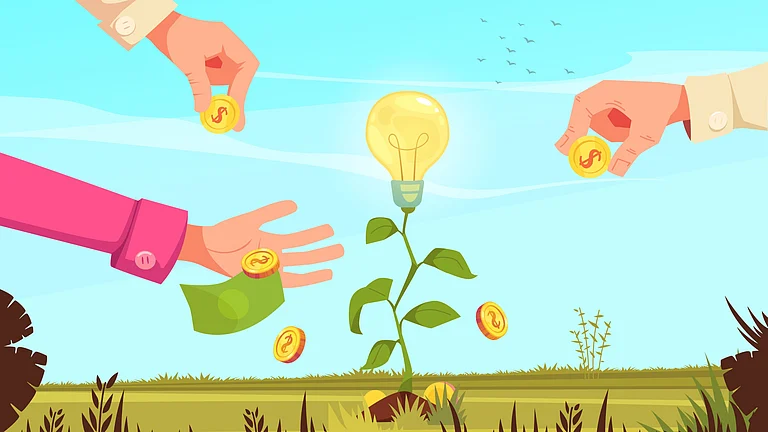As per data released by Ministry of Finance, on April 1,2019, the Goods and Services Tax (GST) collection in the month of March stood highest at Rs. 1.065 trillion, up by 15.6 per cent than a year ago. The circular stated : “The total gross GST revenue collected in the month of March, 2019 is Rs. 1,06,577 crore of which CGST is Rs. 20,353 crore, SGST is Rs. 27,520 crore, IGST is Rs. 50,418 crore (including Rs. 23,521 crore collected on imports) and Cess is Rs. 8,286 crore (including Rs. 891 crore collected on imports). The total number of GSTR 3B Returns filed for the month of February up to March 31, 2019 is 75.95 lakh.”
The monthly average of GST revenue during 2018-19 is Rs. 98,114 crore which is 9.2 per cent higher than FY 2017-18. These figures indicate that the revenue growth has been picking up in recent months, despite various rate rationalisation measures, highlights the government circular. According to experts, despite monthly fluctuations, the GST collections trends have been gradually increasing since August 2018 and this was the fourth month in which collections exceeded Rs. 1 trillion.
Devendra Kumar Pant, Chief Economist, India Ratings & Research said : “A higher GST collection would reduce pressure on central government emanating from compensation paid to the states for any revenue loss (14 per cent annual growth). Any surplus in the compensation cess account would be a bonus both for central and state and state governments.”
For the FY 2020, the central government has budgeted for 21.1 per cent increase in central GST and 24.8 per cent growth in combined GST (central GST, integrated GST and GST compensation cess), pointed out Pant. “Unless, pace of growth of GST collections as observed in 3QFY19 and 4QFY19 is sustained and accelerated it would be difficult to achieve FY20 budgeted GST collections,” said Pant.






























